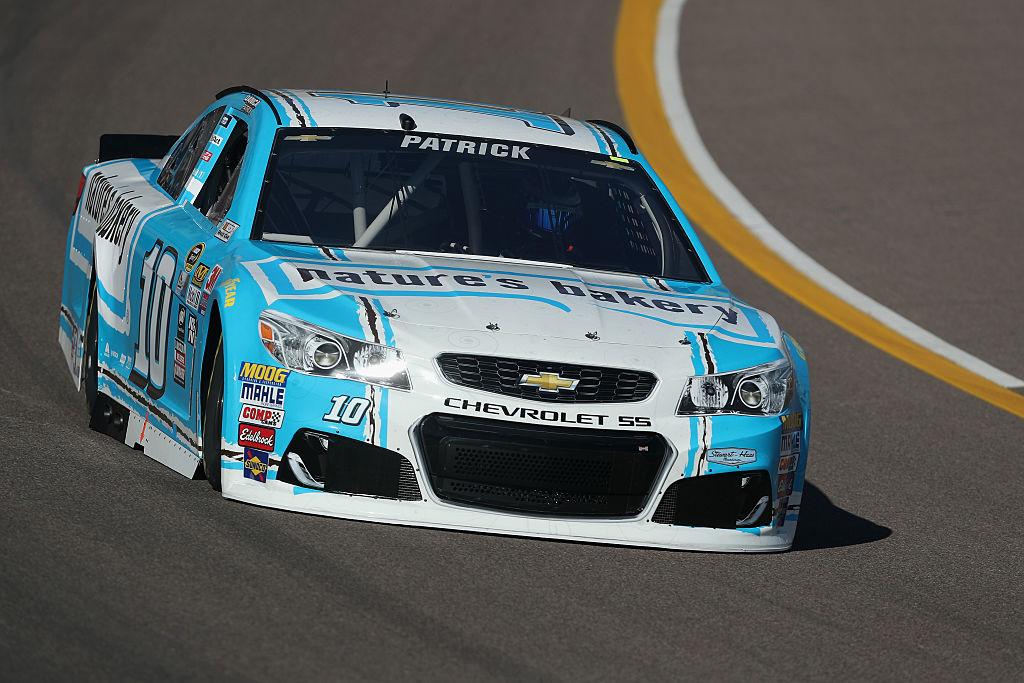- Street Racing
Many people think that street racing is a drag racing In fact, it is a common name for illegal racing which is divided into different types of racing. Below you can read about the main types of street racing. Most disciplines are held both legally (various world-class championships) and illegally at the street level (safety leaves much to be desired).
- Drag Racing
This one is a purely American invention. It is a race for maximum acceleration on a straight route with a hard surface for 1/2 or 1/4 miles (804 or 402 meters). Only 2 cars (or motorcycles) take part in each race. In order to equalize the initial chances of the competitors, the classification by type of construction, weight and engine volume is established. The winner in each class is determined by the Olympic system.
The fixed distance is what distinguishes drag racing from street racing where the main task is to reach the previously agreed finish line by any route. Unlike the latter, drag racing is safe for the rest of the road users, as the competitions are held on special routes according to clearly defined rules. Therefore, these races have the status of international competitions recognized by the FIA abroad.
Many people say that the drag came from the ordinary “traffic-light races”, the desire to leave the traffic lights first is familiar to everyone, and the distance between the lights in the U.S.A. is 402 meters.
- Drifting
Drift, aka drifting, is “a special technique of rotation”. It’s a high-tech type of motorsport in which racers drive high-power cars (450 hp) when it goes from side to side skidded at a high speed (appr. 100-150 km/h) on a certain route. It’s similar to ice track rally racing but is performed on a tarmacadam (cobblestone route), where speed, angle of attack, performance, and style are evaluated, not just the “finish” fact.
Drifting cars are usually compact or medium sized, rear-drive. The aim is to supply enough power to the rear wheels to break the grip and start intentional oversteering, or skidding when accelerating. Once oversteering starts, it needs to be sustained on curves using almost full power and a combination of braking and precise drift resistance. Drifting takes all the exciting moments of traditional motorsports and connects them in a non-stop competition. The aim is to drive a car through the entirety of a corner at the highest possible speed in a controlled skidding.
Such competitions are usually held on specially prepared routed. The winner is considered to be the one who has spent the least time on the distance, demonstrating filigree driving techniques. The driver’s task is, roughly speaking, to control the “gliding angle”, setting the desired trajectory of the car’s movement.
- Burnout
Also called “peel out” or “power brake” is more like some show with a lot of smoke, screeching and the smell of burning rubber. The point is, practically standing stationary, to heat up and burn the tires against the asphalt with spinning wheels.
- Street Challenge
Street Challenge is a relatively new trend in urban illegal street sports – an illegal street pursuit race. Unlike drag racing which traditionally takes place on closed roads, Street Challenge is a race on the roadway of general purpose. At the same time, the traffic rules responsibility remains fully on the race participants.
According to the scheme of the Street Challenge is close to Rally. Participants are required to bypass several different checkpoints. All the participants start at the same time. The checkpoint is recorded by the receipt of a control package. The first to collect all the packages and come back is the winner.
The order of passing the checkpoints and the distance between them is usually arbitrary which requires the driver or navigator have a good knowledge of the traffic aspects in a district of the competition. Traditionally, the crew consists of 2 people – a pilot and a navigator.
Participation in such competitions is a danger both for the racers and for surrounding traffic participants. Frequent violations of speed limits and marking lines lead to serious accidents. There is currently no possibility where this type of competition can be brought into the mainstream of motorsport to ensure safety for competitors and spectators.
Author’s bio: Jim Malkovich actually got the idea for content writing after trying to source for various aftermarket components and realized that there were not enough reliable comparative sources. On his blog, MechanicFAQ, he has written many articles with advices on how to pick replacement parts for vehicles he actually dealt with.
Add The Sports Daily to your Google News Feed!







